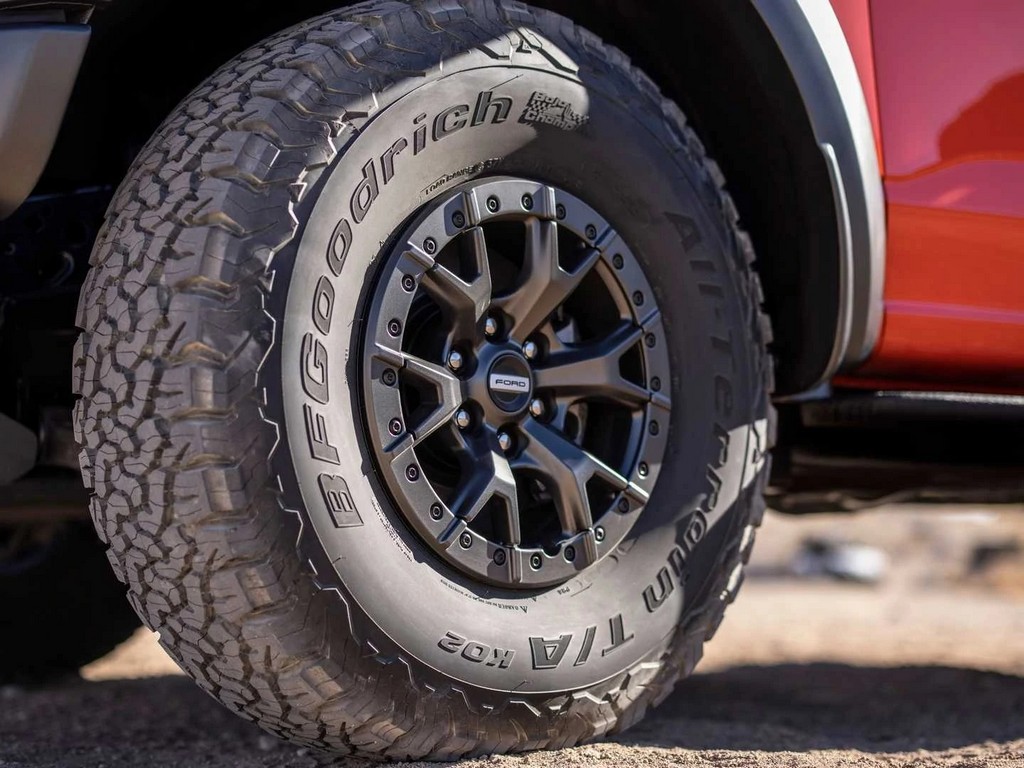
Transmission/Gearbox Maintenance for Ford Raptor
Truck maintenance is an especially important aspect of vehicle ownership. Aside from ensuring that everything is operating as it should for peak performance, good care also means that your car will last a lifetime. Although modern vehicles are built to easily last 20 years, whether a carnotep will actually last that long is dependent on how well its owner maintains it.
With its strength and dependability, the Ford Raptor is an excellent truck for every of your job activity within the country. This ensures that it continues to work well for a longer period. It’s crucial to know what to check for and how frequently to perform certain maintenance tasks if your Field Raptor’s transmission or gearbox breaks down. The following pointers will help you maintain your Ford Raptor gearbox and transmission.
Transmission Maintenance
The transmission of the Ford Raptor comprises several components, each of which is crucial for shifting gears. The transmission control module (TCM) is one of the parts of the Ford Raptor’s transmission. It’s an electronic component of the overall transmission that is in charge of deciphering electrical data coming from sensors in other car elements, such as the gas pedal input, throttle position sensor, and the present turbine speed sensor.
Like every other component of your Ford Raptor, the transmission control module is susceptible to malfunction or deterioration over time. Due to issues such as;
– The gearbox suddenly shifts into a new gear when you aren’t trying to change gears.
– While pressing the accelerator, the Ford Raptor keeps taking a longer time to accelerate.
– Being unable to change out of neutral and into gear.
– The Ford Raptor’s fuel is not burning off as quickly as it formerly did.
The Ford Raptor transmission control module can be reset easily and quickly in a matter of minutes using this step-by-step maintenance procedure.
– Turn the car on by inserting the key or pressing the starter button.
– Ensure that the transmission is in the neutral position (usually displayed as N)
– Switch off the ignition and hold the position for about 20 seconds.
– Finally, put the car in park mode (usually displayed on the gearbox as P).
– Start the car again, but don’t let the engine run completely.
– Wait a further 20 seconds.
– Quickly restart the vehicle after turning it off.
– Change the gear to the Drive or Sport setting (S) (D)
– When the TCM reset procedure is finished, an alarm should go off.
– Now you can operate your vehicle as usual or decide to retrain yourself in TCM.
Gearbox Maintenance
Checking your Ford Raptor’s spark plugs is gearbox maintenance’s first and simplest step.
Your truck must operate as it should, and your spark plugs are essential to this. To turn gasoline into the power that propels your car, spark plugs play a crucial role. The spark plug provides the actual “spark” that enables it to burn. Since blown motors and broken cylinders are two very expensive remedies for any vehicle, defective spark plugs might cause misfires that will cause them damage.
In checking Your Spark Plug;
– Your spark plugs should be checked once every month, but you should have them changed for every 95,000 and 120,000 miles or anytime one is damaged. It is suggested that you replace them all at once.
– You’ll need a socket set with a spark plug socket if you want to replace your spark plugs.
Another gearbox maintenance step is to check the transmission fluid.
Maintaining your Ford Raptor with transmission fluid is essential for allowing the critical parts of it to cool to the right temperature. Parts can wear against one another and potentially cause a catastrophic transmission breakdown if your transmission fluid levels are not properly maintained.
Because manual gearboxes include a lot of contact with the metals contained, lubrication is necessary to soften contact points and let everything operate smoothly. That fluid must be replaced because it deteriorates and becomes unclean over time. To do this, follow these steps;
– Getting your car airborne and level is the first stage. This enables you to get the transmission and guarantees that you’ll fill it with the appropriate amount.
– Next, locate and unscrew the fill plug on the top of the transmission housing. Once you’ve located the drain plug, remove it so the gearbox can be well-drained. Make sure a catch pan is prepared.
– Reinstall the drain cap with a new washer when everything has been drained, then fill the transmission with fluid while using a transfer pump to push it up to the hole in the filler.
– Clean up extra fluid, change the fill plug with another fresh washer, and your Ford Raptor is ready to go.
Below is the maintenance guide for every mile to assist you in determining what type of maintenance is needed for your Ford Raptor at any time.
– For 10,000 miles: Your truck will require several crucial services during the 10,000 miles service period and each mileage that follows to operate at its peak efficiency. You should change the oil and replace the oil filter in your Ford Raptor at this appointment. To ensure your tires survive a longer period, you should also have them rotated. Your exhaust, cooling, braking systems (lines, pads, rotors, hoses), and joints should be properly inspected.
– For 20,000 miles: You will be required to repeat the services mentioned above, but you will also be able to add a new service. The cabin air filter needs to be changed during the appointment.
– For 30,000 miles: A change of the engine air filter is simply added to the expanding list of repairs at 30,000 miles.
– For 100,000 miles: Although this seems like a big jump, all of the mileage before this just calls for the services to be repeated. Notwithstanding, this mileage expands the list by a few significant items. Replacement of spark plug and replacement of orange coolant is required for your Ford Raptor at a mileage of 100,000. The accessory drive belt should also be checked and changed during this appointment.
– For 150 000 miles: Another significant milestone for your Ford Raptor is 150,000 miles because you’ll require several significant services at this point. Your automatic transaxle/transmission fluid, including filters, must be changed. You should also replace the lubrication in your rear axle. Now is the perfect moment to swap out your accessory drive belt if you haven’t already.
Conclusion
Maintaining your Ford Raptor’s transmission and gearbox is essential. Apply the recommendations as mentioned earlier if you want them to last. You’ll be better able to maintain your Ford Raptor.


